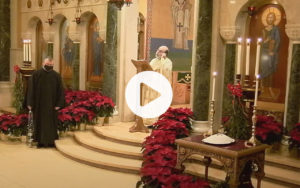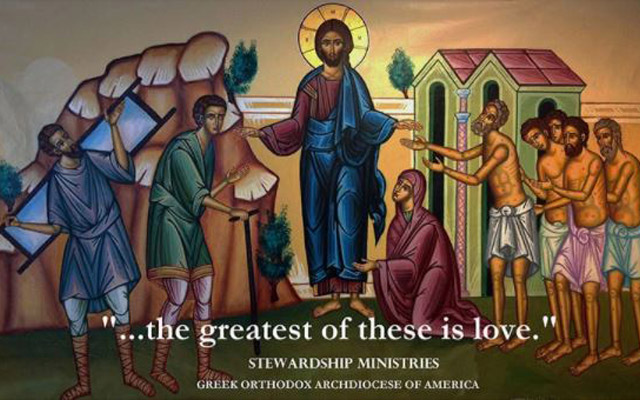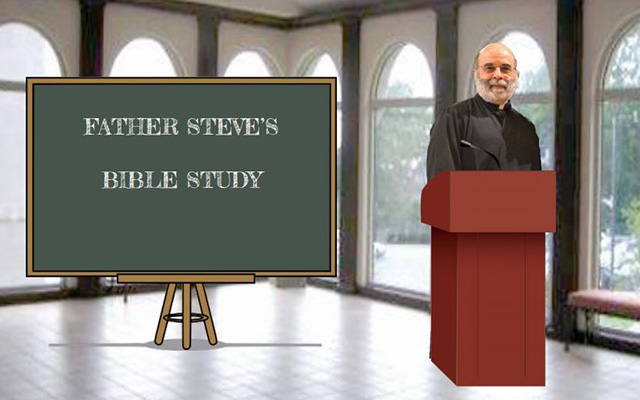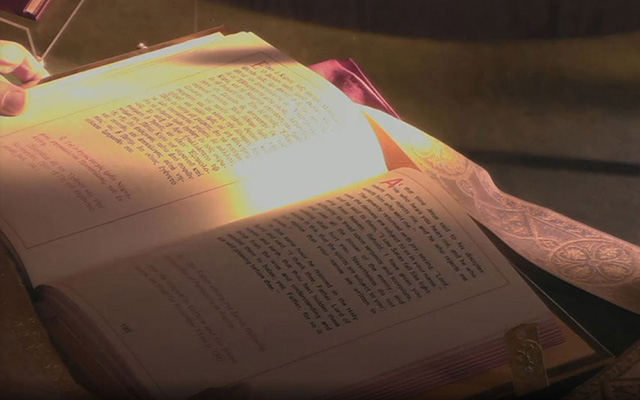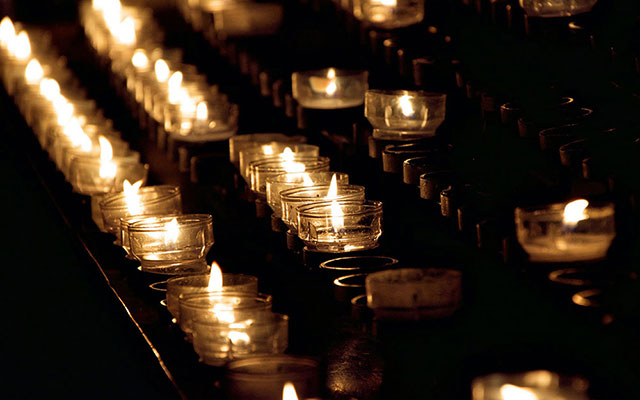Eastern Christianity: Theosis
The Orthodox teaching of divinization, or theosis, according to Pope John Paul II, is perhaps the greatest gift of the Eastern Church to the West, but one that has largely been ignored or even denied. [1] The Eastern fathers of the Church believed that we could experience real and transformative union with God. This is in fact the supreme goal of human life and the very meaning of salvation—not only later, but now, too. Theosis refers to the shared deification


